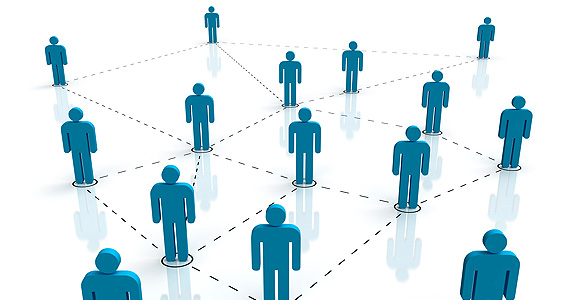The talk of India becoming a cashless economy has been around for quite some time. With the evolution of the telecom sector, a significant reduction in data rates and the increasing popularity of digital payments, the possibility of a cashless economy certainly isn’t wishful thinking.
However, there’s more than meets in the eye. While digital transactions have grown considerably, cash remains a major part of everyday life and a major driver in the financial empowerment of the masses. Here’s a brief look at where India stands on its road to a cashless economy.
The Rise Of The Indian Digital Ecosystem
Over the last 5 years, the government has made a concentrated effort to push for a new “Digital India.” The first major boost in this effort came in the form of the Unified Payment Interface or the UPI. This was then almost immediately followed by demonetization which was a watershed moment in the way transactions were carried out. Since then, there has been a marked increase in the availability and usage of solutions in the smart payments sector. The popularity of UPI along with other payment gateways and digital payment solutions opened the vision of a cashless economy.
As businesses got more comfortable with the idea of making payments through apps, the total value of the digital transactions also went up. For instance, UPI reached a transactional value of Rs. 2 lakh crore by the end of 2019. Reports published by RazorPay also indicate that there was an exponential increase of 383% in digital payments in between the years 2018 and 2019.
| India ranks 44th in terms of digital competitiveness in the world according to the IMD World Digital Competitiveness Ranking 2019.
|
Through these statistics alone, it’s clear that the push towards a digital economy has had considerable success.
So, Why Are We Still A Cash-Based Economy?
Despite the growing popularity of digital transactions, cash is still king in the Indian economy. For many citizens living in rural areas, it is still the cornerstone of daily existence. Even in semi-urban and urban areas, adoption hasn’t been as quick as expected. Some of the major roadblocks to the rise of digital payments include:
- Cultural and structural roadblocks: Almost a quarter of the rural populace doesn’t have mobile phones and a large percentage of them are computer illiterate. As they are not comfortable using computers or mobile phones for transactions, they rely on other people for help. This sometimes leads to misuse of accounts and siphoning of funds, so a majority of rural users prefer cash over digital modes. Also, more than half of the Indian workforce is part of the informal sector where cash is the most popular form of payment.
- Technology & security: Infrastructure has also played a big part in why people haven’t adopted digital payments. A large part of the population still does not have an active bank account. Mobile connectivity and internet issues in smaller towns and villages are also reasons why rural consumers aren’t very comfortable with the idea of cashless transactions.
Transforming The Way Ahead
It’s clear that for India to truly achieve its digital potential, 3 key issues of Indian consumers and businesses need to be met; monetary safety, personal data security, and simplicity of use. It’s important that stakeholders and policymakers create a facilitative regulatory environment that is market-friendly and fosters innovation and growth. This is a sure-shot way to expand the use of cashless transactions and set the stage for Digital India to become a reality for all Indians.







Be the first to comment